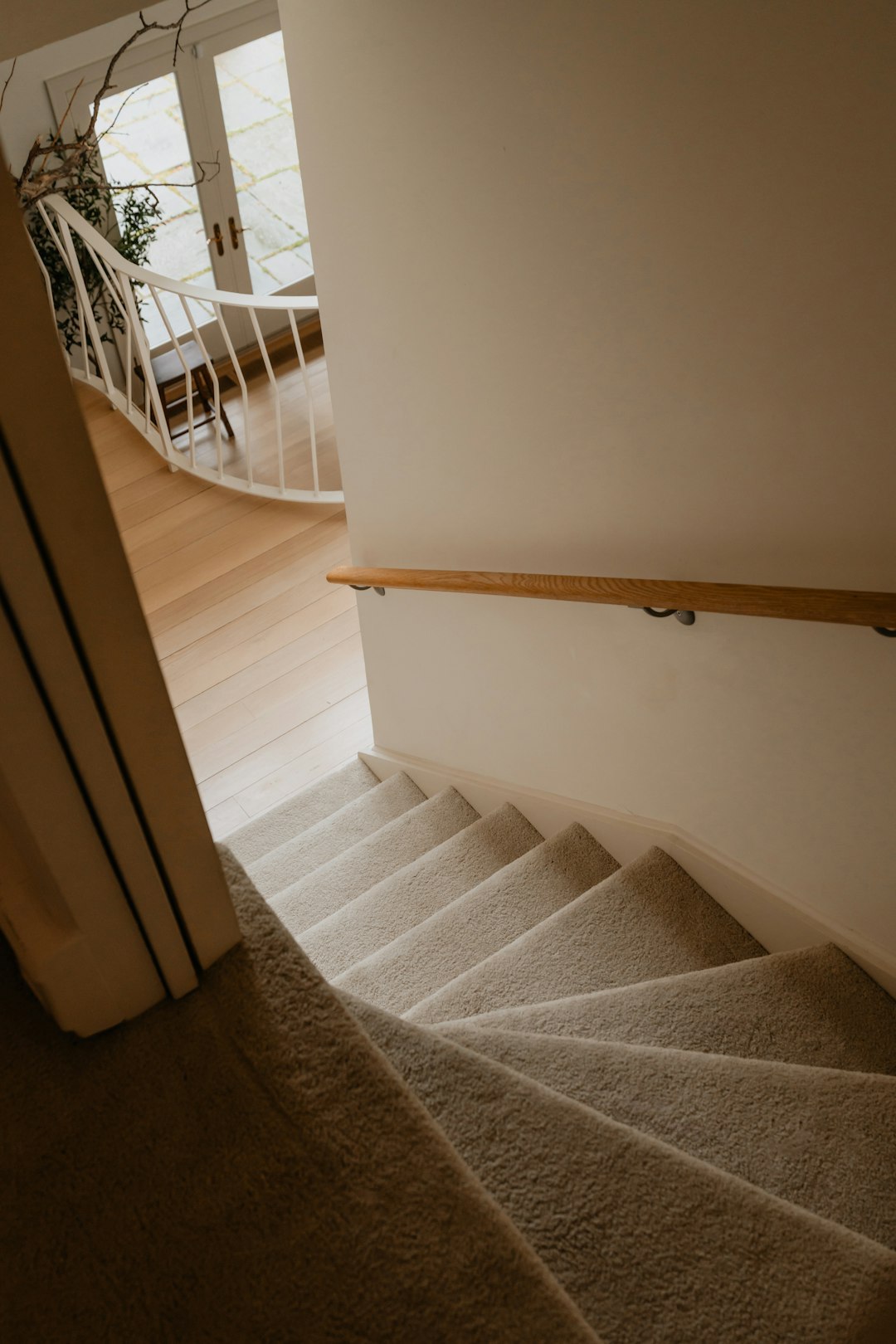Have you ever walked through your home and watched your Wi-Fi disappear? One moment it’s strong, the next it’s gone. That’s where a mesh network comes to the rescue. But just like heroes need a strategy, mesh APs (Access Points) need good placement to work perfectly.
Let’s break down how to place your mesh access points the right way. No tech jargon. Just simple tips to get your whole space covered with smooth, strong Wi-Fi.
What Is a Mesh AP System?
A mesh Wi-Fi system uses multiple APs to spread the signal across your home or office. Think of them as chatty friends standing at various doorways. Each one hears and repeats information, so your devices always stay connected.
That means no more Wi-Fi “dead zones” — if you do it right!
Why Placement Matters
Your mesh APs are team players. But if you put one in a closet, or too far from the others, the team loses the game. Placement determines:
- Signal strength
- Speed
- Latency
- Overall performance
So, let’s see how to place them like a pro!
1. Start with the Primary Router
This is the heart of your network. It’s usually plugged into your modem.
- Put it in a central spot of your home, not stuck in a corner.
- Avoid placing it behind TVs, metal objects, or thick walls.
- The higher, the better! Place it on a shelf or table.
Why? Wi-Fi signals love the open air. They hate running through concrete or fighting metal furniture.
2. Place Secondary APs the Smart Way
Now for your additional mesh nodes. They’re like runners passing the relay baton—each should be close enough to catch the signal and pass it on.
- Stick to 1-2 rooms distance from the previous AP.
- Use a straight line path — less walls, more signal.
- If your app gives signal strength tips, follow them.

Don’t hide them! Yes, the sleek design fits behind a plant, but your Wi-Fi won’t thank you. Keep APs in open spaces.
3. Avoid These Bad Spots
Here come the villains of Wi-Fi: things that mess up your mesh game.
- Mirrors and metal furniture – act like shields.
- Microwaves and cordless phones – use the same radio bands and cause interference.
- Basements and closets – signal prisons!
Try to keep your APs away from these to keep your mesh happy.
4. Use the Wi-Fi App for Help
Most mesh systems include a mobile app that guides you.
- Use it to test signal strengths between nodes.
- Follow setup tips like “Great Spot!” or “Too Far!”
- Some apps update firmware automatically—awesome for lazy tech care.
Not sure where to place the AP? Walk with your phone and let it guide you like a digital treasure hunt.
5. Think About Device Load
Do all your devices hang out in one room? Like your home office with the desktop, laptop, printer, tablet, and smart assistant?
Put an AP there. Mesh isn’t just about coverage; it’s about handling demand. The more gadgets in one place, the more traffic you need to handle.
If too many devices try to connect to one AP alone, it slows down. Think of it like a pizza place trying to serve 50 hungry people at once—not good for your download speeds!
6. Go Vertical in Multi-Story Homes
If you live in a multi-level house, you need to think vertical!
- Put main AP on the middle floor
- Place secondaries above and below — e.g., attic and basement
- Connect on staircases if needed — fewer dense barriers

Signals can pass through floors better than brick walls. So placing up and down often works better than side to side in long buildings.
7. Consider a Wired Backhaul
Got Ethernet ports around your house? Use them! Many mesh systems allow a wired backhaul.
This means the APs talk to each other over cable instead of Wi-Fi. That frees up the wireless signal for your devices and boosts speed and reliability.
It’s like giving your APs their own secret path so they don’t get stuck in hallway traffic with your phone and TV.
8. Do a Wi-Fi Walkabout
Once you’ve set everything up, take a stroll with a speed test app.
- Check corners, balconies, and your garage
- Notice any weak zones or drops
- Move APs slightly and test again
Perfect placement sometimes takes a few tries. But once you’re set, you’ll enjoy streaming, gaming, and Zooming without frustration.
Bonus Tips & Fun Facts
- More isn’t always better – Too many APs placed too close might clash.
- Mesh isn’t magic – Walls still matter. Be smart about obstacles.
- Use different SSIDs only if you have a reason – Most mesh works best under one shared name.
And here’s a fun fact: Some mesh systems adjust themselves if something changes. They’re always working hard—even in their sleep mode!
Wrap-Up: Your Mesh Checklist
Here’s a quick friendly checklist to remember:
- ✅ Start with a central main router
- ✅ Keep APs 1-2 rooms apart
- ✅ Avoid thick walls, metal, and interference
- ✅ Use your system app to guide setup
- ✅ Consider a wired backhaul if possible
- ✅ Do a walkabout to catch weak zones
With these tips in your tool belt, you’re ready to tame any Wi-Fi jungle. Whether you’re binge-watching deep in your basement or calling Grandma from the attic, you can count on your mesh network to keep you connected.
Happy surfing!
